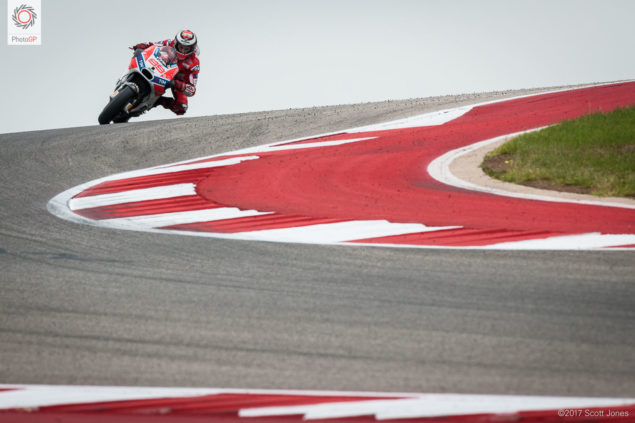Coming into the weekend of Jerez, we knew several things to be absolute certainties. 1. Jerez is a Yamaha track. 2. Ducati always does terribly at Jerez. And 3.
The Hondas will struggle against the might of the Yamaha. After qualifying, a swift dose of reality has flushed those preconceptions out of our systems, showing them up for the fallacies that they are.
After qualifying at Jerez, we have an all Honda front row. Two Yamahas start from the second row, but their performance during both qualifying and free practice was far from convincing.
The first Ducati sits on the third row, but during practice, Jorge Lorenzo made the Desmosedici GP17 fly, finishing second in FP3 and fourth in FP4.
Where did this shake up come from? The issue is mainly one of grip. After the rain on Friday, there is very little rubber on the track, and the warmer track temperatures have made Jerez its normal, greasy self.
The Yamahas perform well when grip is high, whether that be in warmer or cooler temperatures. Extra grip merely helps the RC213V want to wheelie, something for which it needs little encouragement anyway.
Robbed of its winglets, the Ducati needs extra rear grip to get good drive out of corners, and exploit its strongest point.























